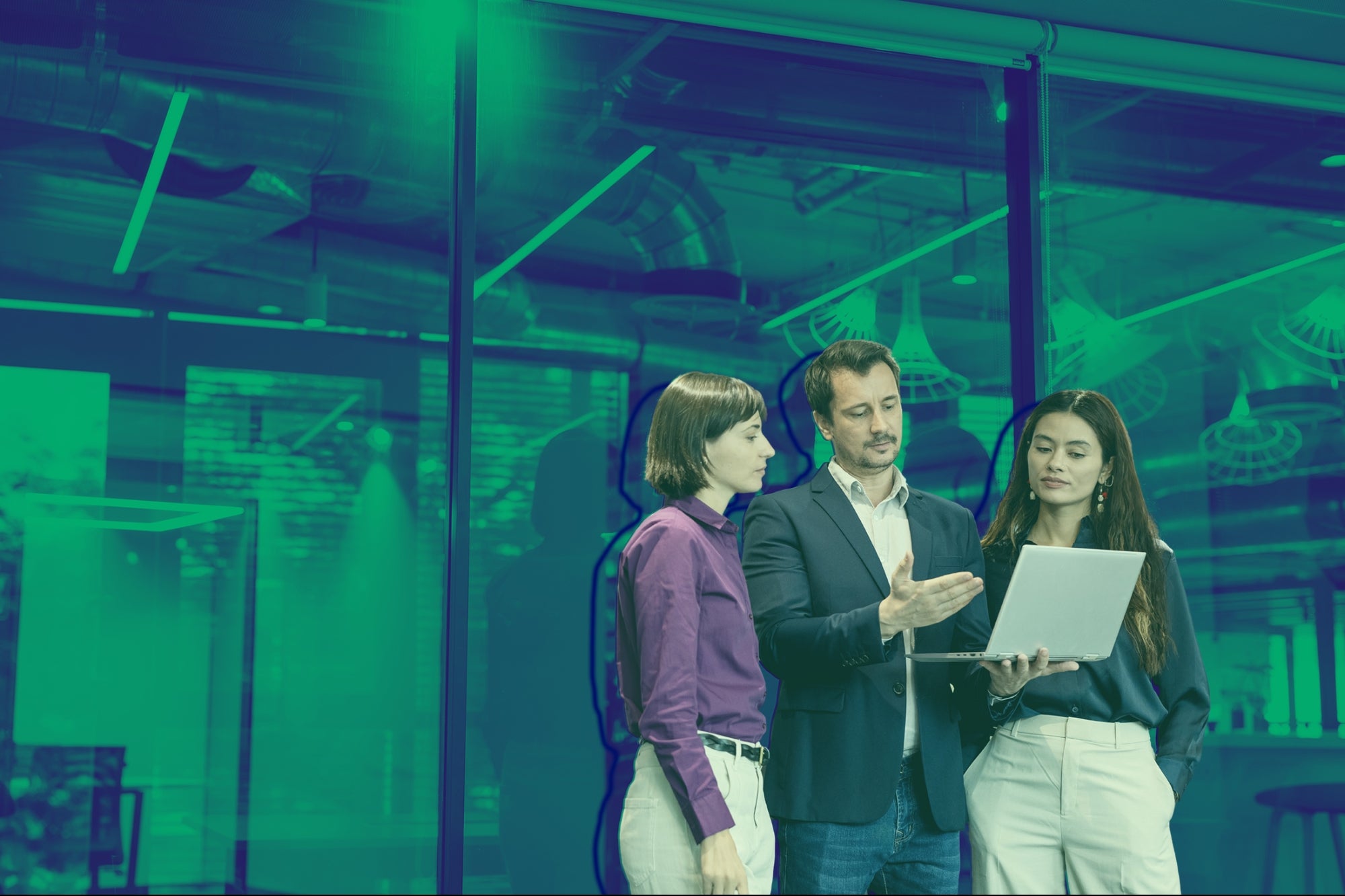Most Corporates Got This Wrong. Is Yours Any different? Design cues like these are known to have a highly positive impact on employees' experience and hence the overall growth
By S. M. Saad
Opinions expressed by Entrepreneur contributors are their own.
You're reading Entrepreneur India, an international franchise of Entrepreneur Media.

Don't worry. This is not going to impact your annual reports! Read through the following to check how you fare in this little-known yet extremely crucial SQ check, or the Spatial Quotient.
Shape of the office furniture doesn't matter as long as it's functional
Coloured walls around workspace can be distracting
Plants add to the aesthetics but should be limited to just the plastic ones
Awards and artworks belong to galleries, and not in a typical office
If you agreed to most or all of the statements above, then you must continue reading. Surprising as it may seem, design cues like the ones suggested above are known to have a highly positive impact on employees' experience.
It's quite possible for others also to perceive that office layouts simply facilitate day-to-day workings. And that it has low co-relation between employee well-being and productivity. However, if reputed studies like Steelcase, Gensler, and The Leesman Index are to be believed, it's just the other way round, with physical workspace playing a pivotal role in employee satisfaction. They demonstrate identifiably how the office environment has a significant impact on the employees' behaviour, perception and productivity.
The conditions in the workplace ecosystem are increasingly becoming a cause of concern because employees tend to spend at least fifty per cent of their lives within indoor environments. This influences their cognitive and emotional senses, temperament, moods and actions, concentration and to that effect – performance.
Since the actual space of work has such an instrumental impact on their productivity and engagement, office design strategies warrant high priority. This is even more important in the Indian sub-context, considering hierarchy and work style are already two of the most important variable that dominates workplaces here. Undeniably, factors like location, sustainability and transportation also greatly impact the work ecosystem in India. However, that does not (and should not) arrest strategic design and development of workplaces that aim to be high on employee motivation and business orientation in equal measure.
Keeping employees motivated is the imperative businesses and workplaces face today considering that there's a gradual shift to knowledge-based work. Several factors such as design, indoor temperature, colour, noise and decorative plants, directly and indirectly, influence this. This has an all-pervading effect on employee engagement, retention, and the company's overall performance. Let's take a brief look at how some of these factors play a role and what the possible subsequent impact looks like.
Plants:
It is essential to recreate the inherent bond between humans and other living entities in an internal ecosystem. Interaction with plants in both active and passive form can change human attitudes, behaviours and physiological responses. High-stress environments warrant some degree of natural simulation since they alleviate pressure and anxiety besides calming down the senses.
Colour:
While productivity is barely correlated with colour, the colour scheme does play a role in the working environment and the character of space. For instance, the colour red, in varying degrees, can boost accuracy and attention to detail for a workforce requiring that skillset. Considering a lighter colour scheme at areas that accommodate a large number of employees is also beneficial as it can positively impact their sense of well-being.
Indoor Temperature:
Health and performance can be attributed to indoor climate, which in turn affect productivity. Right, air-conditioning is known to increase productivity by 5-15per cent, and this is predominantly because the airflow directly impacts the concentration. On the other hand, productivity decreases by 2% per each degree over 25. Not to mention, also inviting lethargy along with it.
In light of the above, certain design processes based on human behaviour seem to have made breakthroughs in getting the best of both worlds. These cognitive services cater to a large spectrum of businesses; from large to medium corporates and all the way to education and retail. Essentially, the idea is to derive ROI through design decisions.
Interior design consciously and subconsciously influences employee's moods and energy but in the same breath, it also holds the power to affect a number of business outcomes. Increased customer sales, employee loyalty, financial independence, exponential growth and more, to speak of some.
An advanced design and outfitting process based on the tenets of science and industrial psychology is capable of serving both the purposes. Such specialised design solutions don't count on prevalent or "seemingly cool' layouts but instead focus on involving leaders and stakeholders to approach design in a strategic way.
After all, the idea is to make the office a place where employees want to be, not where they have to be!









